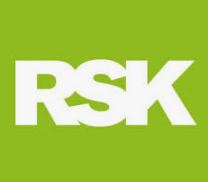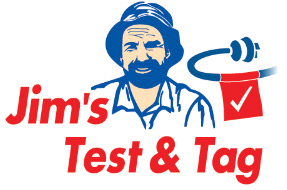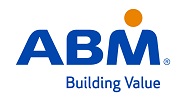Title Page
-
Job number
-
Location
-
Conducted on
-
Prepared by
Hazards
-
1. Electric shock (live parts, arc flash)
-
2. Fire and explosion (faulty equipment, sparks)
-
3. Mechanical hazards (moving parts, falling objects)
-
4. Falls and working at height
-
5. Hazardous materials (oils, gases, chemicals)
-
6. Confined spaces (access challenges, limited ventilation)
-
7. Environmental hazards (extreme temperatures, dust, moisture)
-
Please add any other hazards.
Risk Evaluation (likelihood x severity
-
1. High (frequent contact with potential, severe injury/death)
-
2. Moderate (potential ignition sources, property damage, injuries)
-
3. Medium (frequent close proximity, potential for cuts, bruises)<br>
-
4. Low (limited situations, potential for sprains, fractures)<br>
-
5. Variable (depends on materials, potential for skin irritation, respiratory problems)<br>
-
6. Low (rare occurrence, potential for oxygen depletion, heat stroke)<br>
-
7. Variable (depends on conditions, potential for heat stress, slips)<br>
-
Please add any additional risks.
Control measures
-
Electric shock * Isolation and lockout/tagout procedures * PPE (arc-rated clothing, gloves, safety glasses, face shield) * Safe work practices (one hand in pocket, avoid wet conditions) * Testing and verification (voltage testers, GFCIs)
-
Fire and explosion * Fire prevention and control (extinguishers, hot work permits) * Secure flammable materials * Regular equipment maintenance
-
Mechanical hazards * Machine guarding and lockout/tagout * PPE (eye protection, gloves) * Secure tools and equipment * Safe work practices (avoid reaching into machinery)
-
Falls and working at height * Secure ladders and platforms * Use harnesses and anchor points * Proper fall arrest systems * Train on safe climbing practices
-
Hazardous materials * PPE (respiratory protection, skin protection) * Proper handling and disposal procedures * Material Safety Data Sheets (MSDS) * Adequate ventilation
-
Confined spaces * Entry permits and procedures * Adequate ventilation and monitoring * Communication and rescue plan * Trained personnel
-
Environmental hazards * Adjust work schedule for extreme temperatures * PPE (heat stress protection) * Dust control measures * Proper hydration and breaks
-
Please add any additional control measures.
Additional Considerations
-
Obtain necessary permits and permissions.
Coordinate with other trades or contractors.
Maintain situational awareness and adjust procedures for unexpected hazards.
Ensure adequate lighting and ventilation.
Provide adequate rest breaks and hydration for workers.
Regularly review and update RAMS based on changes or incidents.
Use qualified electricians for complex tasks.











